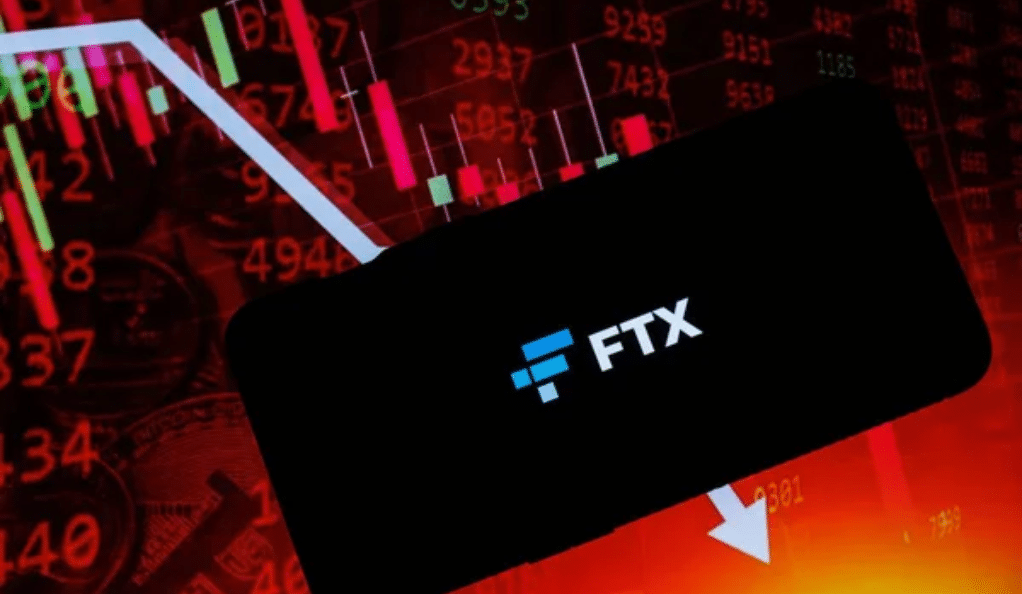Analyzing FTX’s Bankruptcy: Understanding the Financial Toll
FTX, a prominent financial services company, has recently filed for bankruptcy, leaving many investors and stakeholders concerned about the financial implications of its collapse. Determining the acceptable price tag for FTX’s bankruptcy is crucial to understand the extent of the financial damage and devise effective measures for recovery. In this article, we will assess FTX’s bankruptcy from a cost analysis perspective and evaluate the financial impact it has had on various stakeholders.
Assessing FTX’s Bankruptcy: The Cost Analysis
To determine the financial toll of FTX’s bankruptcy, a comprehensive cost analysis is imperative. This analysis involves identifying and calculating the direct costs incurred by the company, such as unpaid debts, outstanding loans, and legal obligations. Moreover, assessing indirect costs, such as loss of reputation, market value, and potential lawsuits, is equally essential. By evaluating both direct and indirect costs, a clearer picture of the financial implications of FTX’s bankruptcy can emerge.
Additionally, it is vital to consider the impact on FTX’s employees who may face uncertain financial circumstances due to job losses. Severance packages, outstanding salaries, and potential unemployment claims must be factored into the overall cost analysis. Furthermore, the financial burden on FTX’s clients and investors, including potential losses or frozen assets, should also be considered while determining the price tag for FTX’s bankruptcy.

Evaluating the Financial Impact: Determining an Acceptable Price Tag
Evaluating the financial impact of FTX’s bankruptcy is crucial to establish an acceptable price tag for the company’s collapse. This evaluation involves considering the scale of FTX’s operations, its market presence, and the degree of its financial liabilities. By examining the company’s financial statements, balance sheets, and creditors’ claims, an estimate of the financial exposure can be made.
Moreover, external factors such as the economic climate, industry trends, and regulatory requirements play a significant role in determining the acceptable price tag for FTX’s bankruptcy. Understanding the broader implications of the bankruptcy on the financial sector and the potential systemic risks it poses is vital in this evaluation. By taking all these factors into account, a more accurate assessment of the financial impact can be made, allowing for informed decision-making.
In conclusion, assessing the financial toll of FTX’s bankruptcy is a complex task that requires a comprehensive cost analysis and evaluation of the financial impact. By considering both the direct and indirect costs incurred by the company, as well as the effects on employees, clients, and investors, a more accurate picture can be formed. Additionally, evaluating the financial impact in relation to FTX’s market presence and external factors is crucial in determining an acceptable price tag for the company’s bankruptcy. By understanding the extent of the financial damage, stakeholders can work towards developing effective strategies for recovery and mitigating risks in the future.
AllIn1Bitcoins works diligently to offer impartial and trustworthy data on cryptocurrency, finance, trading, and stocks. Nonetheless, we are unable to furnish financial counsel and encourage users to undertake their own inquiries and due diligence.












